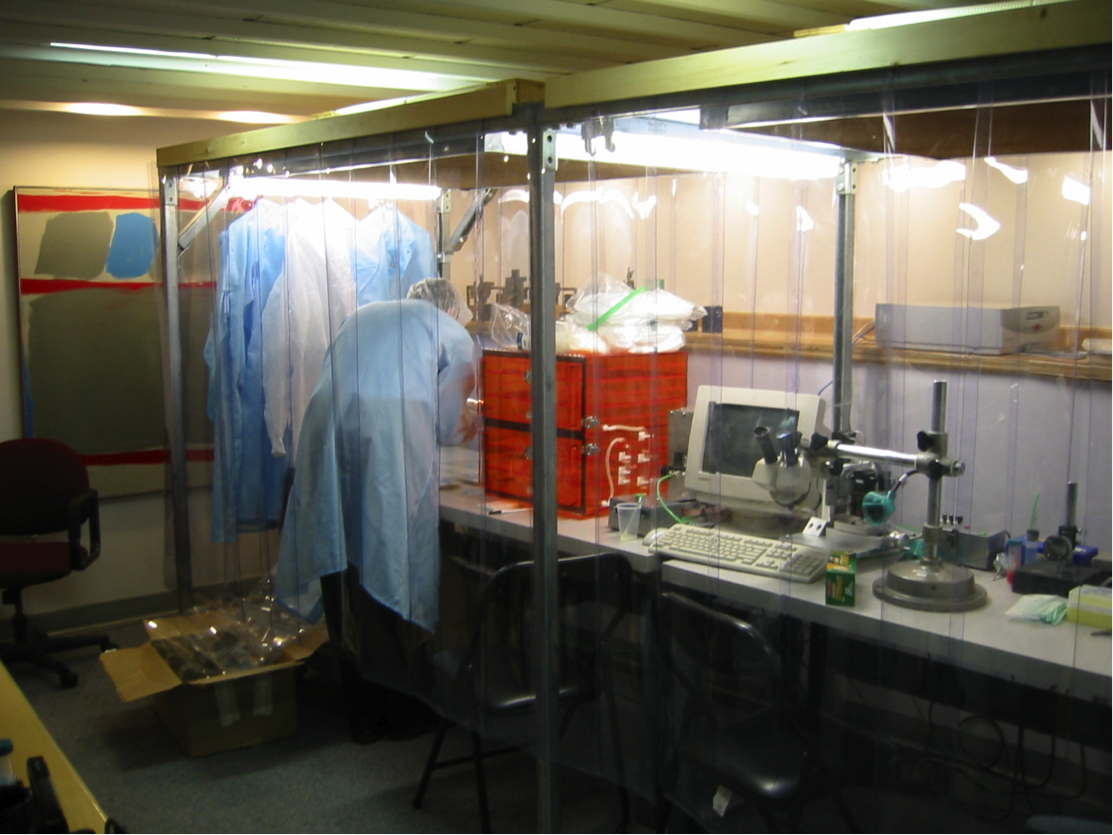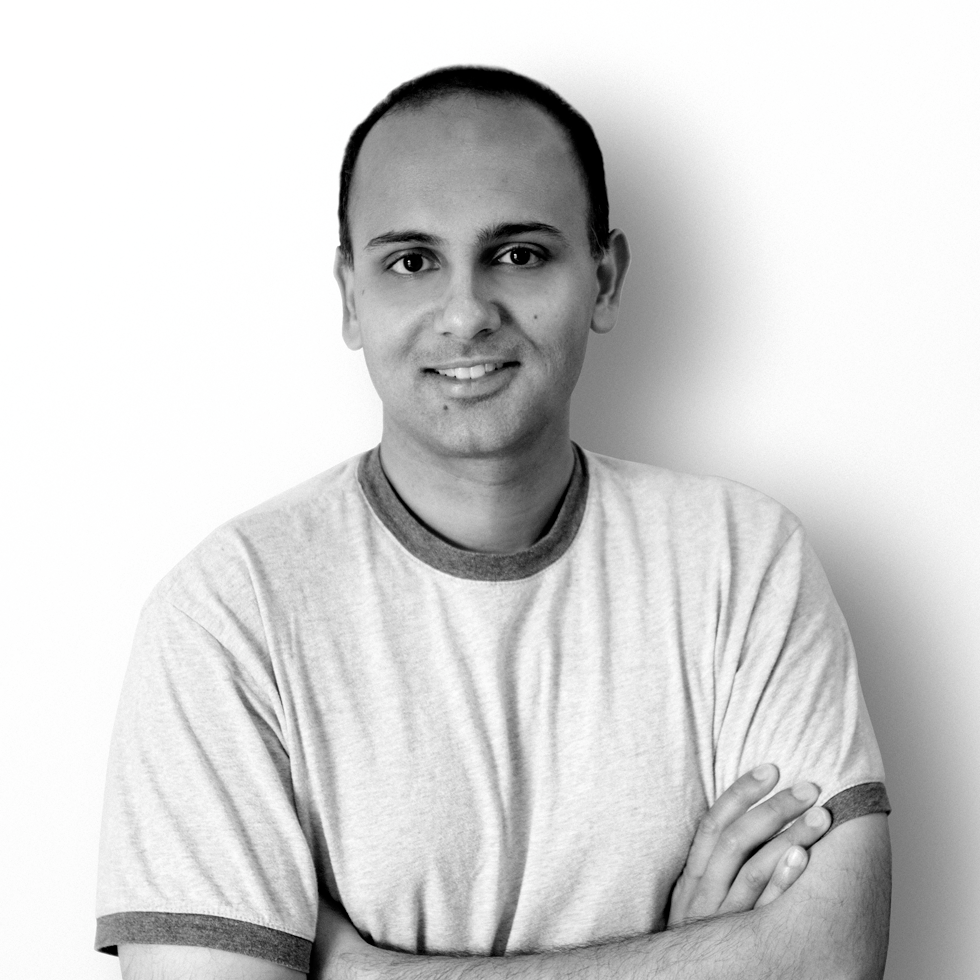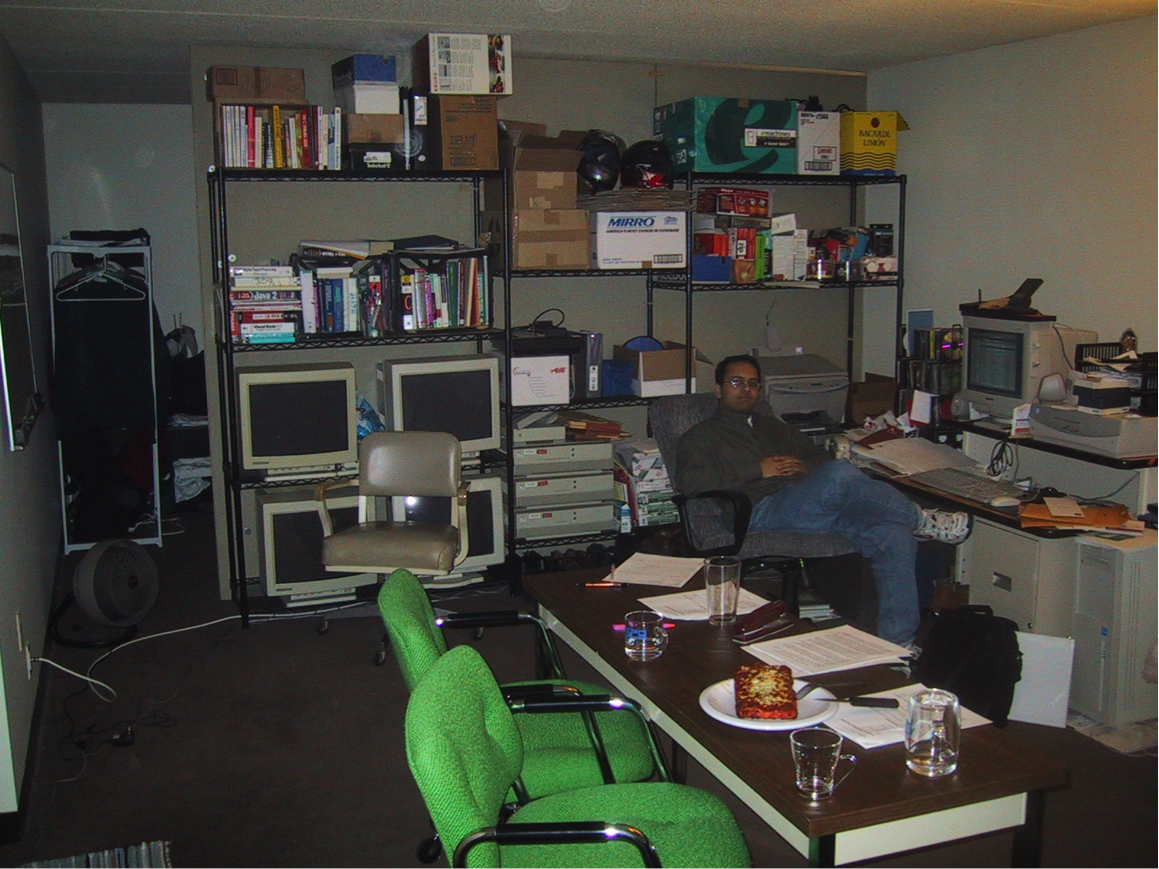Evolution of the Sleepless Night: Then and Now
Sridhar Iyengar founded AgaMatrix in 2001 with his former college roommate, Sonny Vu. They entered the diabetes world by making advanced glucose meter systems sold in retail outlets like Target, Walgreens, and Kroger’s. They were the first company to make a hardware medical device to connect to the iPhone, the iBGStar, that is distributed by Sanofi and is available in all US retail Apple stores. He serves as the company’s CTO and received his Ph.D. from Cambridge University as a Marshall Scholar.
Looking back, one would think that 12 years ago when we founded AgaMatrix (which was also 130 people ago, 3 million glucose meters ago, and 3 billion test strips ago…), my concerns would be vastly different than they are now. I had never stopped to really look back and reflect on the evolution of what keeps me up at night, but as I started writing down my thoughts, I was very surprised by what I ended up learning.
Then: Raising funding. It was September 2001; financial markets were dismal; investors were pulling out; startups couldn’t raise follow on funding. How were two unproven 20-somethings going to convince people that we could make a dent in an industry that was dominated by four major pharma companies? We were living off of our own savings, which we had expected to last 10 months. We had budgeted $4/day for food, built a cardboard wall in our apartment to create a second bedroom, an office and a chemistry “lab” in the kitchen.

Our first prototype meter (we tested it using home-made glucose solution comprised of salt, sugar, and water via a Brita water filter).
Now: Raising revenues. Now that we’ve gotten some of the biggest companies in the world as commercial and distribution partners (Sanofi, Apple, Walmart), how do we keep innovating and bringing new products to market? How do we convince the market about the value of our technology and products? The challenge today is about trying to stay nimble while also staying compliant with all the regulations that govern our products (FDA, ISO, CE, etc.).
What allowed us to be creative in the early days (i.e. the “break the rules” mentality) doesn’t really fly all that well in the world of regulated medical products! We had to rapidly learn how the elements that made us successful in the beginning could transfer to today’s needs. We still maintain that creative approach in many of the things we do (like using a beef jerky maker from Walmart as a chemical drying oven), but we’ve put a lot of structure around our thinking so that we separate the unconstrained creative (research) approach from the regulated and disciplined (development) approach that is needed to enter the market. Changes aren’t permanent, but change is…
Then: Does it work? Back then, it was about whether or not we could get the science to work well enough so we could attract commercial interest. How do we know when it’s “good enough” to put into the market? We needed to get good data and create “marketable graphs” that shows how great our science is!
Now: Does it work? Ok, the science worked, so now we have to make real physical products in massive quantities very quickly and maintain high quality and performance standards. Today, the question is more about ensuring our machines and processes work well enough .
Getting the science to work once or twice in a lab to prove out a principle is very different from getting manufacturing to work continuously and all the time. In high volume production, you run the risk of making a whole load of scrap really fast if you’re not careful!

Circa 2003: We built a “clean room” to make prototype biosensors in our new basement office. Built with HEPA air filters from Home Depot and sliced-up shower curtains
Then: Finding our first customer. How do we convince someone to be our first customer? We’re making medical device, and so reliability and safety are paramount. Without a proven track record, this was going to be tough.
Now: Finding our next customer (and keeping our existing ones). Of course we need to expand our customer base, so getting new customers is always on the top of our list. Making sure we have good customer support services is paramount to keeping our existing ones. It’s always less costly to keep an existing customer than to acquire a new one.
Then: What if we get sued? We’re betting everything we have on this startup idea; how will we handle it if we get sued by a big company that has millions to spend on lawyers?
Now: I’ve come to realize that we are in a litigious field and that this is par for the course. The trick is to manage it like any other risk (financial, technical, etc.).
One of our early investors had sage advice: “They’ll only come after you if you have something that’s a threat – it’s proof you’ve created value”. He had survived a dozen lawsuits in his former startup and had a 10-digit exit, so I took some measure comfort in his words.
As it turns out, the things that keep me up today are really not vastly different than what kept me up 12 years ago. The scale may be different, but the major elements of running a company with R&D, distribution, and manufacturing operations on three continents were all too similar to operating a 2-person startup from behind a cardboard wall. The challenges that we faced over the years were always present from day one, just at different intensities and hues. So, whatever hurdles you see in your new startup today, it’s very likely they will persist and grow. The challenge for every entrepreneur is to build an organization to tackle those things and keep the ship afloat and headed in the right direction. If, along the way, you find that you sometimes can’t sleep at night – good, welcome to the club!
“Plus ca change
Plus c’est la même chose”

